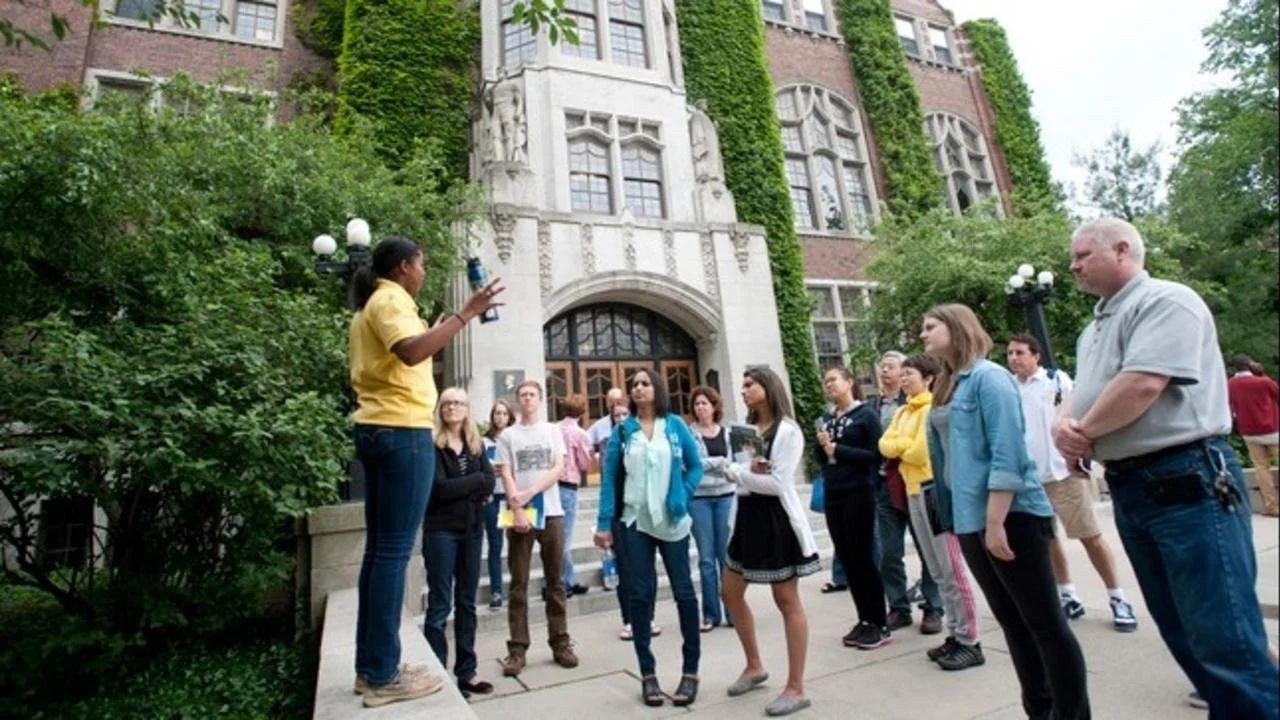In recent years, Australian universities have faced increasing scrutiny due to alarming dropout rates. This trend not only impacts students but also the broader economic landscape, given the crucial role education plays in workforce development. According to the Australian Bureau of Statistics (ABS), the national dropout rate hovers around 15-20%, with some universities witnessing even higher figures. But why are these dropout rates so high, and what can be done about it?
Understanding the Dropout Phenomenon
Several factors contribute to the high dropout rates in Australian universities. These include financial stress, academic challenges, and a lack of support systems. A study by the Grattan Institute highlights that financial pressure is a significant deterrent, with many students unable to balance work and study effectively. This is compounded by the rising cost of living in cities like Sydney and Melbourne, where students often struggle to make ends meet.
Case Study: University of New South Wales
The University of New South Wales (UNSW) has been proactive in addressing dropout rates through innovative support programs. Recognizing that financial stress is a primary cause, UNSW introduced a comprehensive financial aid program, offering scholarships and grants to students in need. Additionally, they implemented academic workshops and mental health support services.
As a result, UNSW saw a 20% reduction in dropout rates over two years, proving the effectiveness of holistic student support systems. This case study underscores the importance of providing not just financial assistance but also academic and emotional support to students.
Economic Implications
High dropout rates have significant economic repercussions. The Reserve Bank of Australia (RBA) notes that a skilled workforce is critical for economic growth. When students drop out, it results in a skills gap, affecting industries reliant on educated professionals. This, in turn, can hinder Australia's competitiveness on a global scale.
Moreover, the government invests heavily in education, with billions allocated annually to support universities. High dropout rates mean that this investment yields lower returns, prompting policymakers to seek solutions that ensure students not only enroll but also graduate.
Comparative Analysis: Australia vs. Global Trends
Globally, dropout rates are a challenge, but Australia's figures are particularly concerning. In comparison, countries like Germany and Finland have much lower dropout rates due to robust vocational training programs and strong industry-academia collaborations. These countries emphasize practical skills alongside academic learning, providing students with clear career pathways.
Australia can learn from these models by enhancing its vocational education and training (VET) sector and encouraging partnerships between universities and industries. This approach would not only reduce dropout rates but also align education with market needs, boosting employability.
Pros and Cons of Current Strategies
- Pros: Increased financial aid and mental health support have proven effective in retaining students, as seen in the UNSW case study. Moreover, the focus on holistic support addresses multiple factors contributing to dropouts.
- Cons: Despite these efforts, systemic issues like high tuition fees and living costs remain unaddressed. Furthermore, not all universities have the resources to implement comprehensive support programs, leading to disparities in student experiences.
Common Myths about University Dropouts
- Myth: "Only students with poor academic performance drop out." Reality: Many high-performing students leave due to financial pressures or mental health challenges (Source: Grattan Institute).
- Myth: "Dropout rates are solely the university's responsibility." Reality: A collaborative effort involving government, industries, and educational institutions is necessary to address this issue effectively.
Future Trends and Predictions
Looking ahead, the Australian education sector is poised for transformation. By 2026, policy updates from the Australian Competition & Consumer Commission (ACCC) could lead to more affordable education options, mitigating financial stress for students. Moreover, the integration of technology in education—such as AI-driven personalized learning—could enhance student engagement and reduce dropout rates.
Conclusion
The challenge of high dropout rates in Australian universities is multifaceted, involving financial, academic, and systemic factors. By learning from global best practices and investing in comprehensive support systems, Australia can improve student retention and ensure a skilled workforce for the future. As the education landscape evolves, stakeholders must collaborate to create an environment where students can thrive.
What's Your Take?
How do you think Australian universities can further reduce dropout rates? Share your insights below!
People Also Ask (FAQ)
- What are the biggest misconceptions about university dropouts? One common myth is that only academically poor students drop out; however, financial and mental health issues are significant factors (Source: Grattan Institute).
- How does high dropout rates impact Australia's economy? High dropout rates lead to a skills gap, affecting industries reliant on educated professionals, which can hinder Australia's global competitiveness (Source: RBA).
Related Search Queries
- Australian university dropout rates 2023
- Impact of dropout rates on Australian economy
- Strategies to reduce university dropout rates
- Comparison of global university dropout rates
- Vocational education in Australia






























